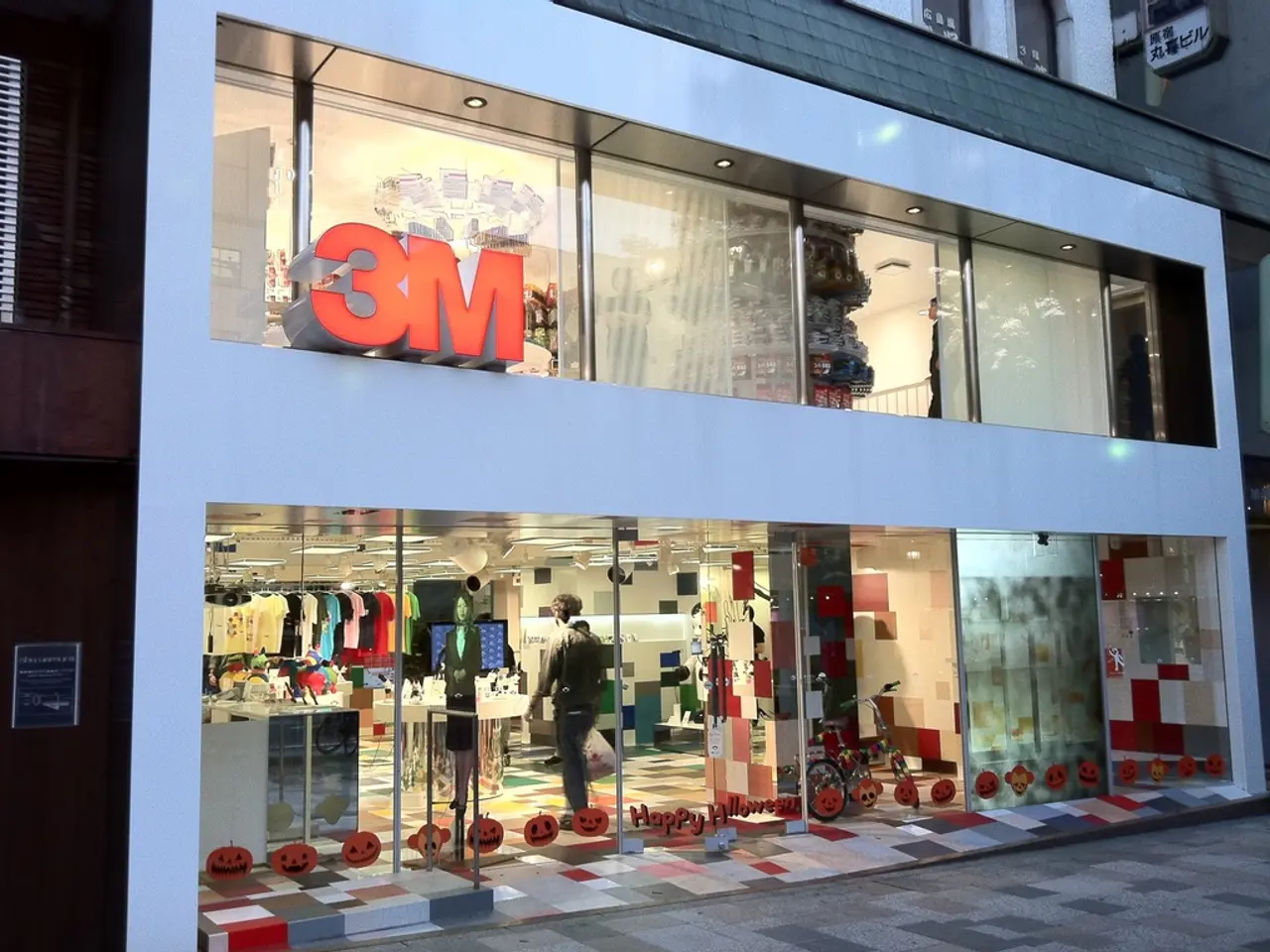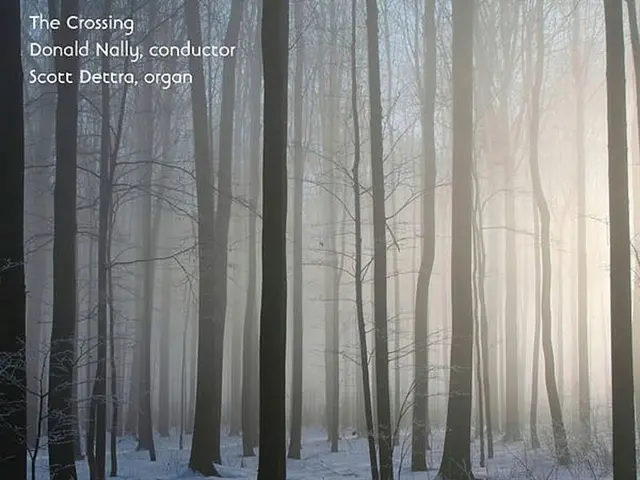Hagen yearns for relief
Cities across the globe are taking proactive measures to protect the elderly from the adverse effects of heat waves. These measures encompass both physical infrastructure and social support, ensuring older adults have both the resources they need to stay safe and healthy.
Heat Protection Infrastructure
One of the key components of these measures is the provision of cool and safe spaces during heat waves. Heat Protection Rooms and Cool Oasis Areas are being set up in various cities. These spaces offer air-conditioned environments, water, rest areas, and sometimes social activities. Cool Oasis Areas can be parks or public spaces designed with shade-providing trees and greenery to cool the surrounding environment through evapotranspiration.
Urban planning also plays a crucial role in reducing the urban heat island effect. This is achieved through the planting of trees and the creation of green spaces, which provide shade and cool the air. Green roofs and solar reflective materials are used on buildings to reduce heat absorption and keep indoor temperatures cooler. Buildings are also designed with cool roofs, ventilation options, and sufficient shade to reduce sun exposure and improve indoor thermal comfort.
Social Support Measures
In addition to physical infrastructure, social support measures are also being implemented. Volunteer programs are organized to check on elderly residents, especially those living alone, during heat waves to ensure their safety and provide support. Community engagement initiatives aim to reduce social isolation by connecting older adults with their neighbors and local services, enhancing their ability to cope with extreme heat.
Programs like the Senior Cool Care Program provide assistance to low-income elderly citizens by helping them access cooling devices or lowering their energy costs during heat waves. Public health campaigns educate the elderly on how to stay cool, the importance of hydration, and when to seek medical help if experiencing heat-related illnesses.
The Heat Phone Service is another important measure. This service continues to call older people during heat warnings, offering not only advice on heat safety but also providing important social contacts. The service is open to all, and interested individuals can still register themselves or relatives at the volunteer center.
The Heat Protection Room and the Cool Oasis are free public resources, open to all residents, and the Art Quarter's Foyer offers a cool respite during the day, available from noon. The Heat Protection Room is a designated space for older people to stay cool during heat waves, but it is not limited to them.
These measures are designed to protect older adults from the adverse effects of heat waves, ensuring they have both the physical and social resources to stay safe and healthy. It is important to remember that older people should stay at home during the heat, and the Heat Phone Service is crucial in providing important social contacts for those who might otherwise feel isolated.
Read also:
- Digestive issues: Understanding causes, remedies, and further details about acid reflux and excessive burping
- Exploring Botox as a Treatment for Interstitial Cystitis: Insights, Adverse Effects, and Further Details
- Risk Factors for Developing Penile Cancer
- Linking brain weakness and cognitive decline: An examination of the potential relationship





